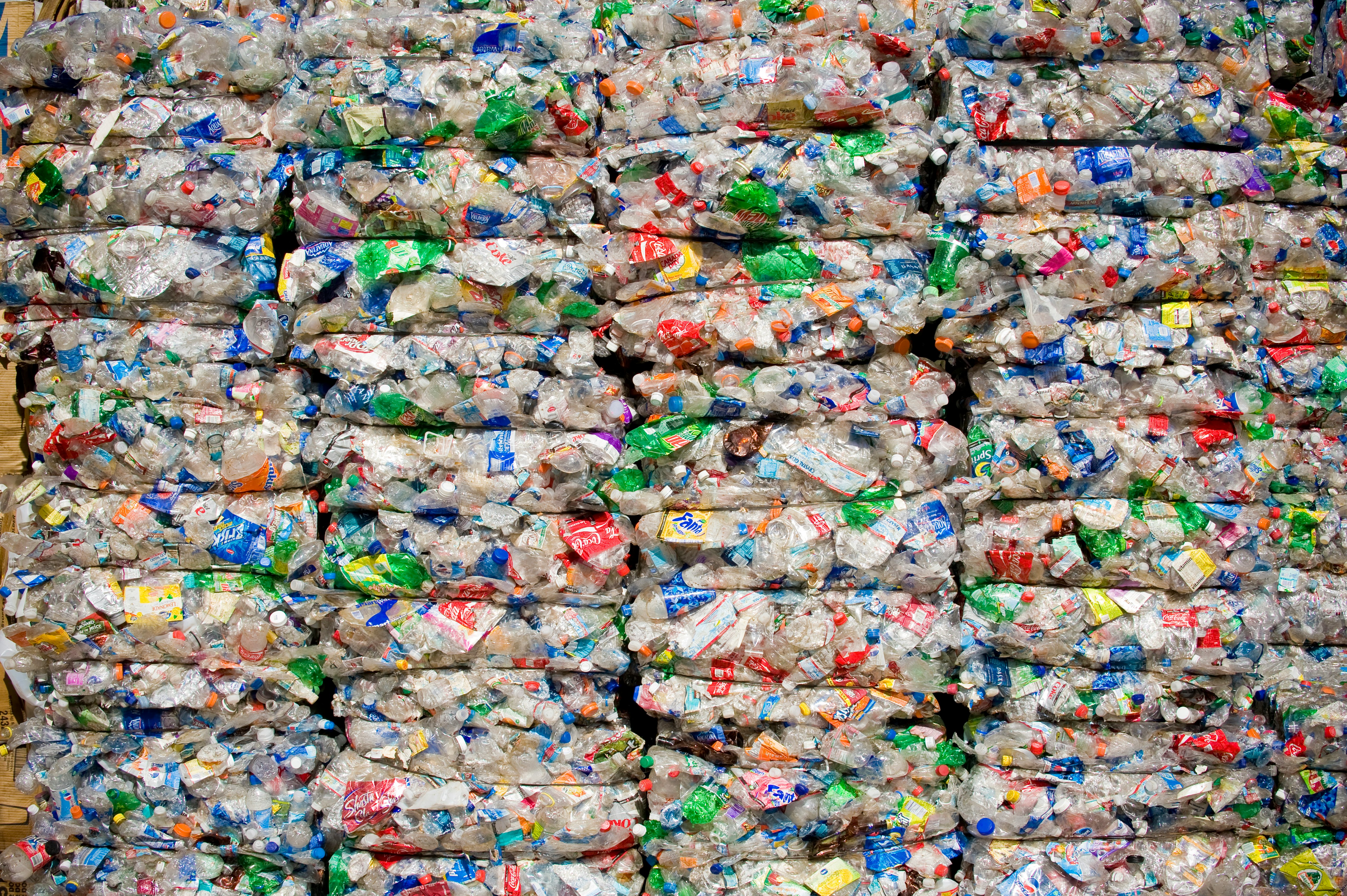
Last fall, a Greenpeace report on plastic recycling made headlines around the world when news outlets led with the publication’s striking key finding: Only five percent of plastic household waste generated in the U.S. was recycled.
The headlines made it seem like all plastic recycling was a doomed endeavor — but was that really the complete picture? Not exactly.
“News outlets uncritically reported the figure, likely because they are not specialists in recycling or did not have the time or saw no need,” Conrad MacKerron, tells Inverse. MacKerron is the senior vice president of As You Sow, an organization that harnesses corporate responsibility and shareholder power to effect lasting change on environmental health and other issues.
Inverse spoke with experts affiliated with the report, plastic reduction advocates, as well as the recycling industry, to break down the facts behind the report and what its findings really mean for plastic recycling and consumption in the United States.
“A lot of people took that number and thought, oh my god, only five percent of the bottles I put in my bin are getting recycled. And that's not what that statistic means at all,”
What the report found
The Greenpeace report offered two key findings that media outlets reported on.
First, the overall plastic recycling rate declined to 5 to 6 percent in 2021. That’s down from a higher rate of 8.7 percent, as the EPA reported in 2018.
Second, even types of plastic that typically have higher recycling rates aren’t being recycled enough. The report finds that Polyethylene Terephthalate (PET) #1 and High-density polyethylene (HDPE) #2 plastic bottles and jugs are being reprocessed at a rate of 20.9 percent, which falls below the 30 percent minimum threshold set by the Ellen MacArthur Foundation’s New Plastics Economy initiative to determine if materials are recyclable.
“In short, no type of plastic packaging in the U.S. meets the EMF NPE definition of ‘recyclable,’ concludes the report.
“The plastics and recycling industries have tried for 30 years to make plastic recycling work and have failed,” Jan Dell, founder of The Last Beach Cleanup — a nonprofit focused on ending plastic pollution — tells Inverse. The Last Beach Cleanup was involved in the Greenpeace report.
The report provides five key reasons why plastic recycling has not succeeded:
- Plastic recycling waste can be hard to collect
- Plastic is “virtually impossible” to sort for recycling
- Reprocessing of plastic is environmentally harmful
- Toxic materials are contained in plastics and also contaminate recycling efforts
- There is little economic value in recycling.
Should we stop recycling plastic?
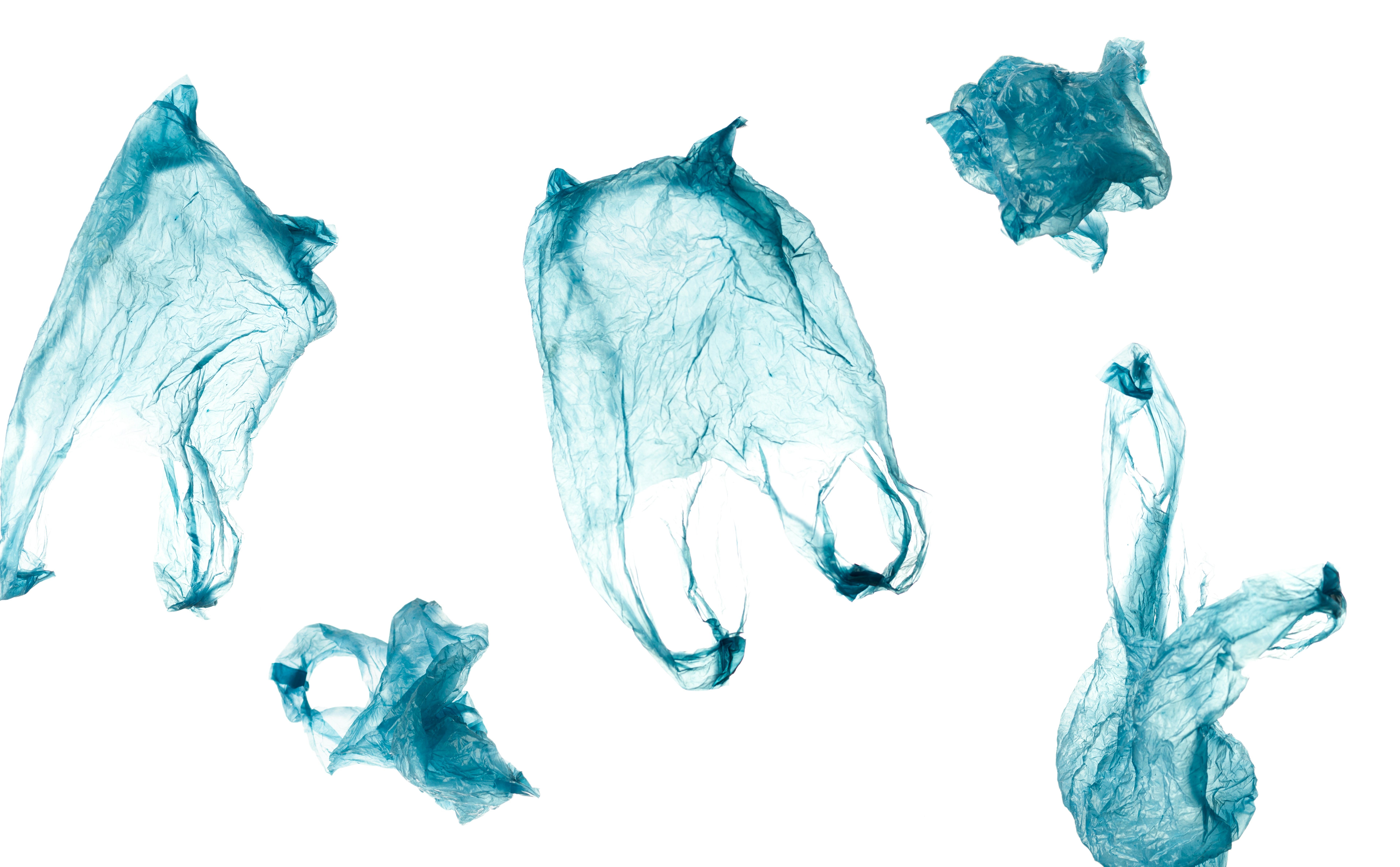
Experts agree the recycling industry has unacceptably low plastic recycling rates — which the EPA’s own statistics back up. In 2018, 27 million tons of plastic filled U.S. landfills. By comparison, only three million tons of plastic were recycled.
But experts also state the Greenpeace report’s shocking five percent figure alone doesn’t capture the nuances of recycling plastic. Nor do they think Americans should stop recycling all plastic.
“There’s no question the U.S. recycling rate is awful – a true embarrassment, but no, that doesn’t mean plastic recycling is totally broken or that we should stop recycling plastic,” MacKerron says.
Lynn Hoffman states that the report’s “powerful statistic” shows how “recycling is not the tool to address the glut of plastic waste that's in our lives. It is a tool for a few very specific formats and types of plastic,” Hoffman tells Inverse. Hoffman is the president of Eureka Recycling — a zero-waste recycling company in Minneapolis — and the national coordinator for the Alliance of Mission-Based Recyclers (AMBR).
Dan Leif, managing editor of the recycling industry publication, Resource Recycling, authored a blog post criticizing the methodology of the report — specifically, how it calculates the low reprocessing capacity for PET bottles, which bolsters Greenpeace’s claims that no plastic packaging in the U.S. is truly recyclable.
Ultimately, critics of the report came down on the side of stating that plastic recycling is deeply flawed — but not entirely a hopeless cause.
“Yes, without question, it remains worthwhile for Americans to recycle,” Leif tells Inverse.
What kinds of plastic can be recycled?
Much of the disagreement over the report ties back to the various plastics that can be recycled — not all plastics are created equal. Americans often assume the “chasing arrows” symbol on the bottom of plastic means the product is recyclable, but that’s an incorrect assumption.
“The chasing arrows symbol on the bottom actually means nothing about its recyclability,” Hoffman says.
Instead, it’s important to look at the number encoded within the symbol, since there are seven broad categories of plastic with varying degrees of recyclability.
“The chasing arrows symbol on the bottom actually means nothing about its recyclability”
Number 1 typically includes PET bottles — think soda or water bottles — that contain more durable plastic made of petroleum. These are generally recyclable, along with category #2, which includes HDPE products like milk jugs and laundry detergent bottles. We’ll come back to this category later.
Number 3 is Polyvinyl chloride (PVC), which Hoffman says is “categorically not recyclable.” Household furniture and plastic tubes often contain PVC. It gets murkier when you look at plastic categories from #4 onward.
Number 4 is low-density polyethylene, a kind of thin plastic film that appears in a lot of food storage and most plastic bags. Hoffman says while there are drop-off facilities at certain stores for plastic bags, they should not be placed in residential recycling. The state of California is currently investigating the plastic industry’s claims that plastic bags are recyclable through drop-off programs.
“for plastics, often, the trash can is the right choice”
Number 5 is polypropylene, which is most common in yogurt containers. Some recyclers will accept this, and some won’t; it’s dependent on the region. Number 6 is polystyrene, which includes Styrofoam packaging and food containers, which Hoffman says is not accepted in any residential recycling program. Finally, Number 7 is a broad “other” category for all other plastics.
When you put different types of plastic — along with other materials like glass, paper, and aluminum — together into your recycling bin unsorted, that’s what recyclers refer to as “single-stream.”
That single stream of recycling ends up in a Material Recovery Facility (MRF), where similar kinds of plastic get sorted together for recycling — and unrecyclable material gets removed and sent to a landfill or incinerator. These include materials that individuals mistakenly think can be recycled, like Christmas lights, and, more commonly, plastic bags, which can even cause fires in recycling facilities due to friction with the machines.
“So it's counterintuitive, but you know, for plastics, often the trash can is the right choice,” Hoffman says.
Why plastic recycling is difficult
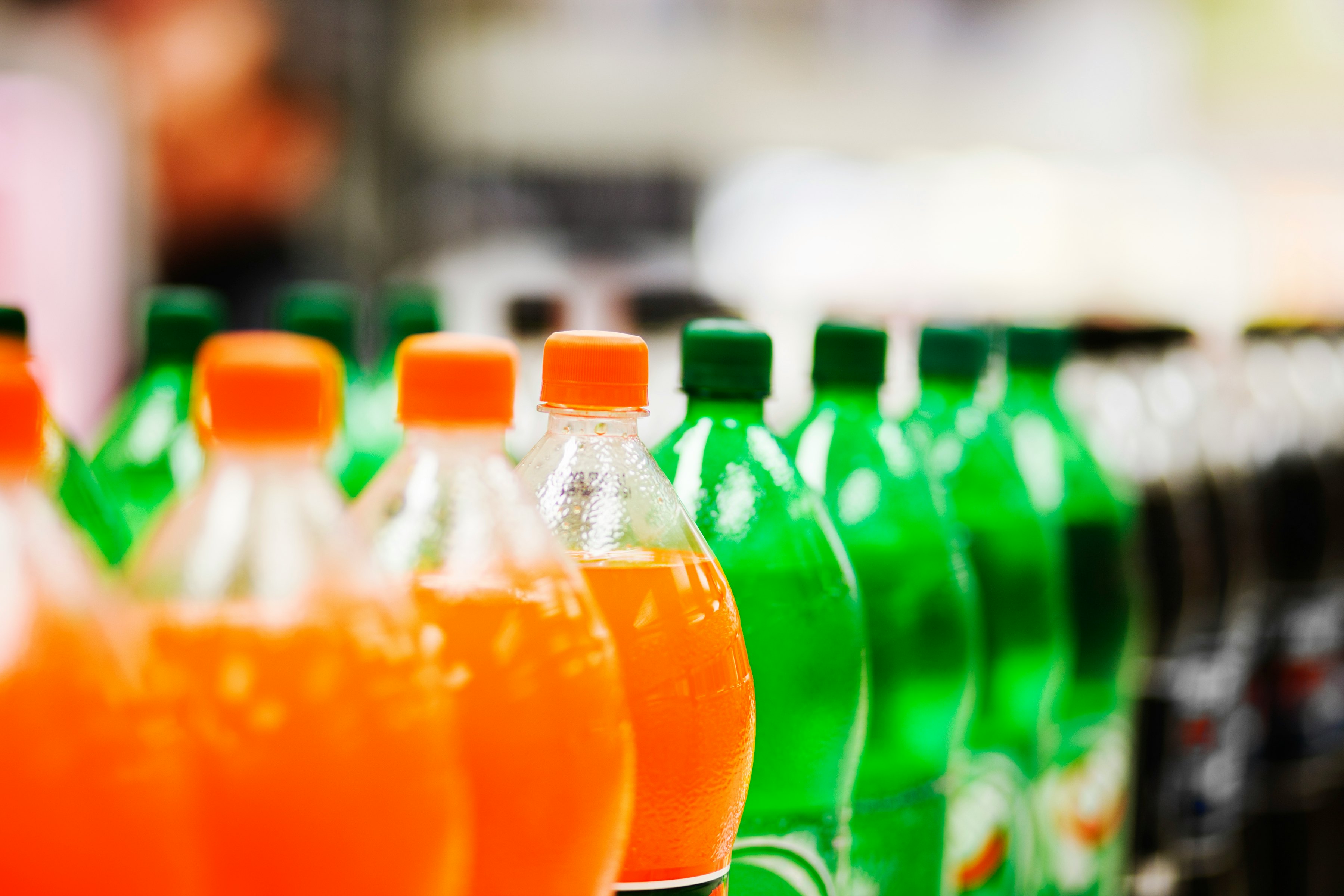
“Compared to aluminum and glass, plastics are kind of new on the scene and haven't really been designed to fit into the recycling system,” Hoffman says.
MacKerron agrees, adding that “any kinds of plastic were not designed to be recycled and so do not have an optimized and vetted process for recycling.”
Complicating matters further are the increasing kinds of plastic materials that are being made, which are harder to sort into recyclable parts.
“Ten or fifteen years ago, baby food would typically come in a glass jar, but now we see it packaged in a flexible pouch that is often made of plastics along with a variety of other materials,” Leif says.
Leif adds that these complex packaging components “are far more difficult to recycle from a technical and economic perspective than, say, a PET soda bottle.”
These complex products pose problems for both the consumer — who isn’t sure whether the item they’re chucking in the plastic bin can be recycled — and the recycler, who has to sort these lower-value plastic applications from ones that could potentially be recycled
MacKerron says that only a limited number of materials — like PET soda bottles and milk jugs — can be processed through traditional mechanical recycling, which is the process of grinding down materials into recyclable bits.
“Many kinds of plastic may require sophisticated treatment that involves breaking polymers at the molecular level, which is often expensive, energy-intensive, may result in toxic emissions, and has not been proven to work at scale,” MacKerron says.
Finally, the Greenpeace report also hones in on factors like the high toxicity of newer plastics, which can make it difficult to recycle them.
“Toxicity is the biggest killer,” Dell explains, adding that the plastics industry “is flooding the market with cheap, new, high-quality plastic, ruining the economics of even recycling PET bottles.”
Why plastic recycling isn’t always a lost cause
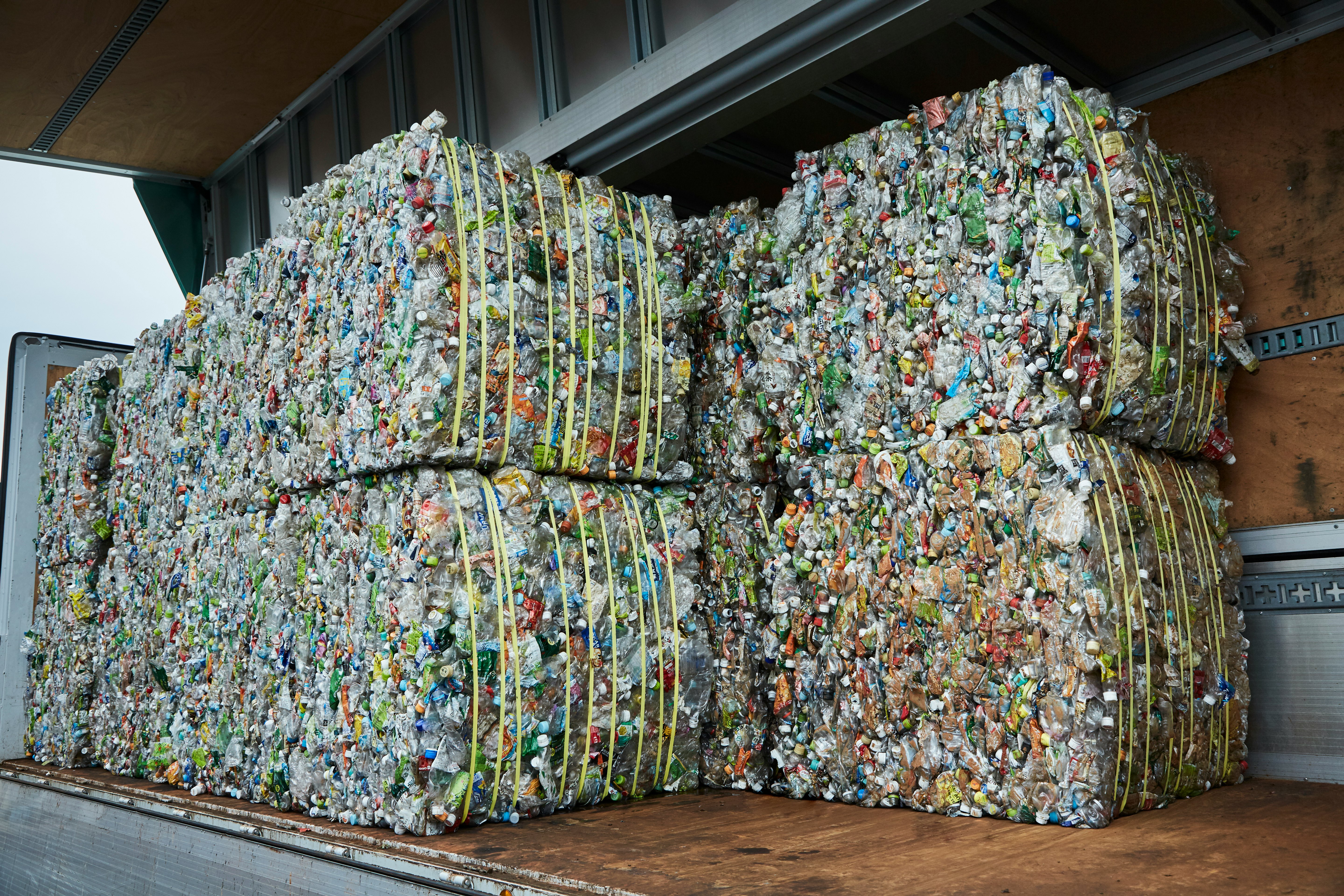
Recyclers say that while recycling is a flawed process, we shouldn’t count out all plastic recycling — as the report’s “five percent” figure might suggest.
“A lot of people took that number and thought, oh my god, only five percent of the bottles I put in my bin are getting recycled. And that's not what that statistic means at all,” Hoffman says.
“Plastic recycling is not a myth,” Leif adds.
Hoffman, Leif, and MacKerron emphasize that certain types of plastic — specifically #1 PET bottles and #2 HDPE containers — can be effectively recycled and that there is a demand for them from manufacturers. Hoffman says her facility recycles 400 tons of material every day that would otherwise go to an incinerator.
“There are certain types of plastics that already have the technology and market structure in place to be fully recycled,” Leif says.
Hoffman agrees. “There's a high demand for them. They're easily sortable.”
“Plastic recycling is not a myth”
The Greenpeace report highlights the low percentage of these PET bottles that get recycled — approximately 20.9 percent, which falls below the 30 percent minimum threshold set by the Ellen MacArthur Foundation’s New Plastics Economy.
But Dell says a 30 percent recycled rate also “isn’t an acceptable threshold to consider a product ‘recyclable.” Instead, she argues that we follow California’s lead, which in 2021 passed Senate Bill 343, defining a product as recyclable only if 60 percent of recycling facilities can sort it for recycling.
Further, according to the National Association for PET Container Resources (NAPCOR), only 26.6 of PET bottles were recycled in 2020.
But other experts believe recycling rates of #1 PET bottles could be improved through policy measures. Eleven U.S. states have container deposit laws — also known as “bottle bills” — which provide a financial incentive for people to recycle PET bottles. A small deposit fee, usually a few cents, is added to the cost of a beverage in a PET bottle, like a soda. When the consumer returns the bottle to a store or recycling facility, they get those few cents back.
“In these systems, where consumers pay a 5 or 10-cent deposit for each beverage container they purchase, the redemption rates are typically 65% or higher,” Leif says.
Redemption rates dropped for PET bottles in bottle bill states in 2020 due to the Covid-19 pandemic, and rates did not significantly rebound as of 2021, according to data released by the Container Recycling Institute. Nevertheless, advocates suggest implementing container deposit laws on a federal level could lead to improved recycling rates — at least when it comes to #1 PET and #2 HDPE plastic products.
“It’s unlikely we can see high recycling rates for all plastics, but a national deposit law on PET, HDPE, and polypropylene containers could likely boost recycling rates dramatically for those materials,” MacKerron says.
Moving beyond just recycling
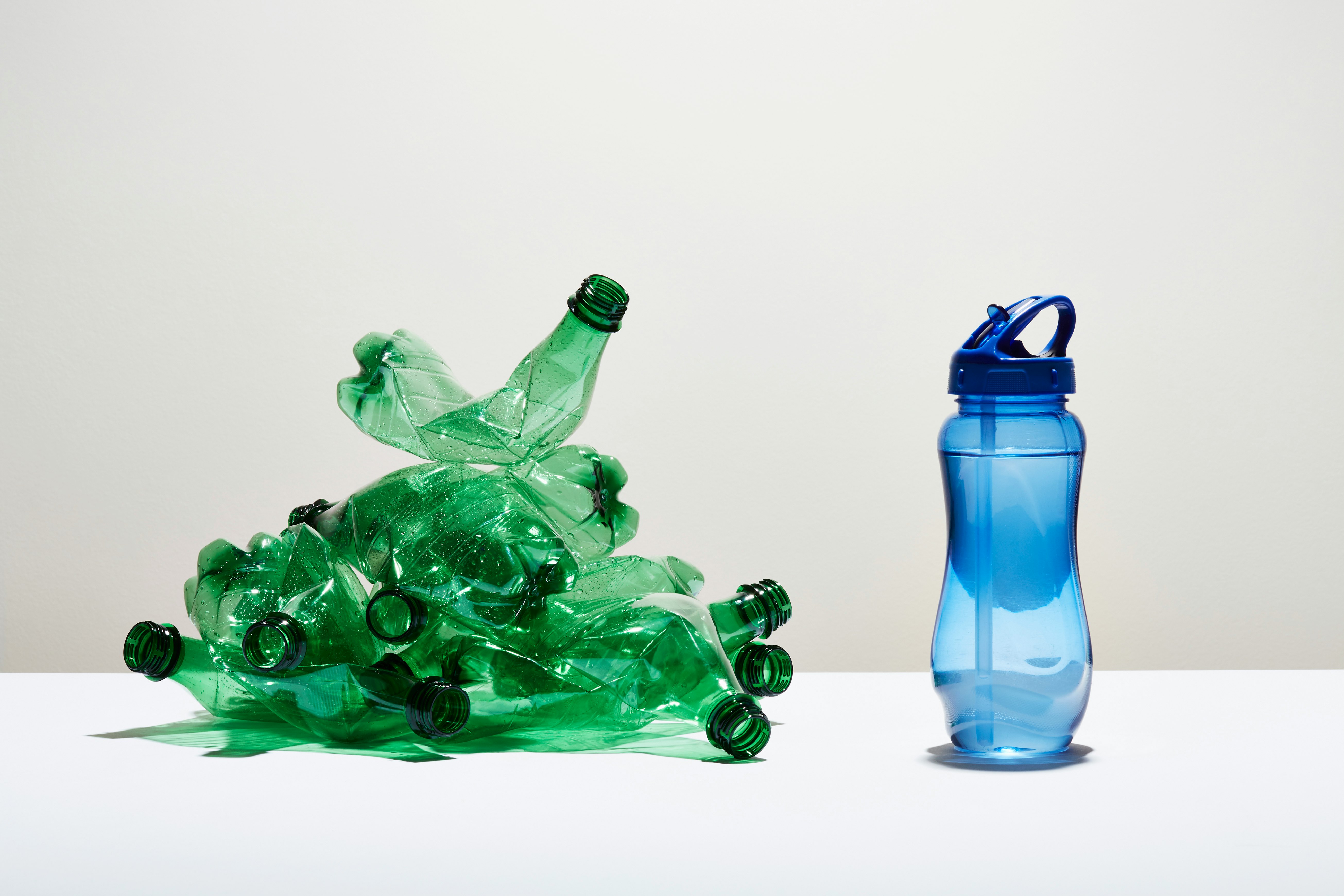
Experts argue we need to reduce single-use plastic, which is often hard to recycle due to being highly toxic or low in value. Alternatives to plastic, such as aluminum or glass, may be preferable since they can be recycled again and again, as opposed to plastic. But according to the U.S. Environmental Protection Agency, only 50 percent of aluminum soft drink cans were recycled in 2018.
“They might be incrementally better than plastic for some products, but they're not problem-free, either,” Hoffman says.
Leif says, that environmentally speaking, it’s better to focus on developing reusable products and reducing consumption than attempting to recycle single-use packaging, specifically.
“Recycling is not impact-free. There's a lot of transportation, there's a lot of energy, and there's a lot of water used. So reduction is just always going to be better by a million miles,” Hoffman adds.
There are ways for individuals to reduce some single-use plastics — such as buying reusable water bottles — but policy-level and corporate changes will likely be necessary to shift production systems away from single-use packaging to reusable options.
“This system is not set up for individuals — the choices aren't available to us to really avoid single-use plastic packaging,” Hoffman says.
“Yes, governments and consumers must pressure product companies to stop selling so many single-use plastic products. That is the only solution,” Dell adds.
Some advocates like MacKerron have endorsed a legally binding global plastic treaty, which would force governments and companies to reduce plastic pollution.
“We need to slow the spigot of plastic production to have a fighting chance to process all of the wasted plastic materials currently found to be mismanaged on land and in the oceans,” MacKerron says.







